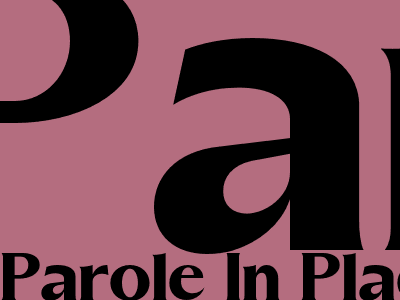
Parole-In-Place: Rethinking Rehabilitation for Nonviolent Offenders
Introduction
Parole-in-place (PIP), a groundbreaking alternative to traditional parole, aims to enhance rehabilitation outcomes for nonviolent offenders while reducing recidivism rates. This innovative approach prioritizes community supervision and support, empowering individuals to successfully reintegrate into society.
Benefits of Parole-In-Place
Lower Recidivism Rates:
Studies have consistently shown that PIP programs effectively reduce recidivism. By providing ongoing support and resources within the offender's community, PIP helps individuals address the root causes of their criminal behavior, promoting positive change.
Cost Savings:
PIP programs are significantly more cost-effective than traditional parole. By supervising offenders in their communities rather than incarcerating them, governments can allocate resources towards essential rehabilitation services that support long-term success.
Enhanced Community Safety:
PIP fosters stronger relationships between offenders and their communities. By empowering individuals to address their challenges locally, it promotes social cohesion and reduces the likelihood of future criminal activity.
How Parole-In-Place Works
PIP programs vary in their specific implementation, but they generally involve the following key components:
- Community supervision: Offenders remain in their communities under the guidance of a probation or parole officer.
- Rehabilitation services: Individuals receive access to a range of services tailored to their specific needs, such as job training, housing assistance, and counseling.
- Community support: PIP programs foster partnerships with local organizations, businesses, and volunteers to provide support and mentorship to offenders.
Eligibility for Parole-In-Place
Eligibility for PIP programs is typically restricted to nonviolent offenders who have served a portion of their sentence and meet specific criteria. Factors such as risk assessment, criminal history, and rehabilitation potential are considered in determining eligibility.
Success Stories
Numerous PIP programs have demonstrated remarkable success in reducing recidivism and enhancing rehabilitation outcomes. For instance, a PIP program in California reported a 50% reduction in recidivism among participants compared to traditional parolees.
Conclusion
Parole-in-place (PIP) is a transformative approach to rehabilitation that prioritizes community-based support and empowerment for nonviolent offenders. By providing ongoing supervision, rehabilitation services, and community engagement, PIP programs effectively reduce recidivism, save costs, and enhance public safety. As a result, PIP is gaining recognition as a promising alternative to traditional parole, offering a pathway to successful reintegration and a brighter future for individuals and communities.